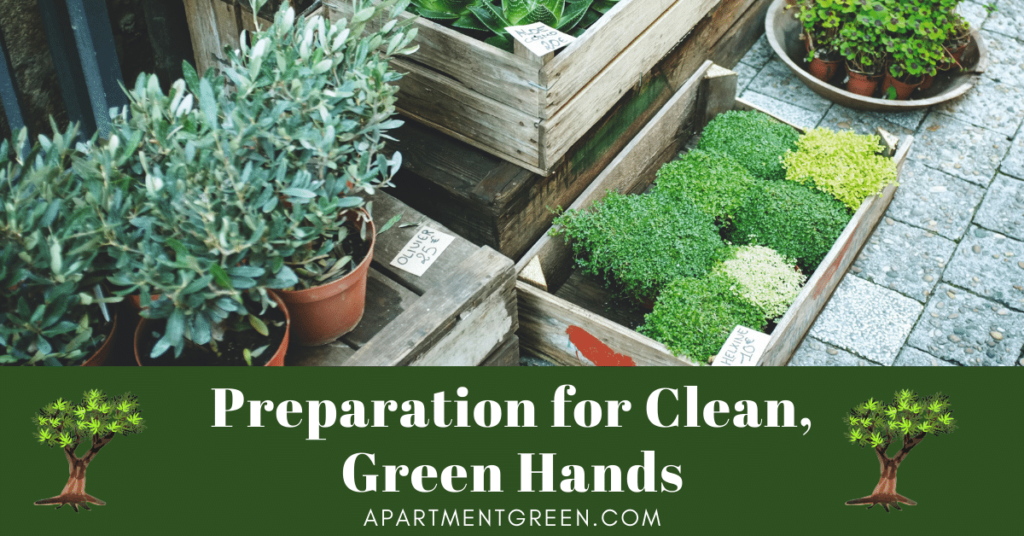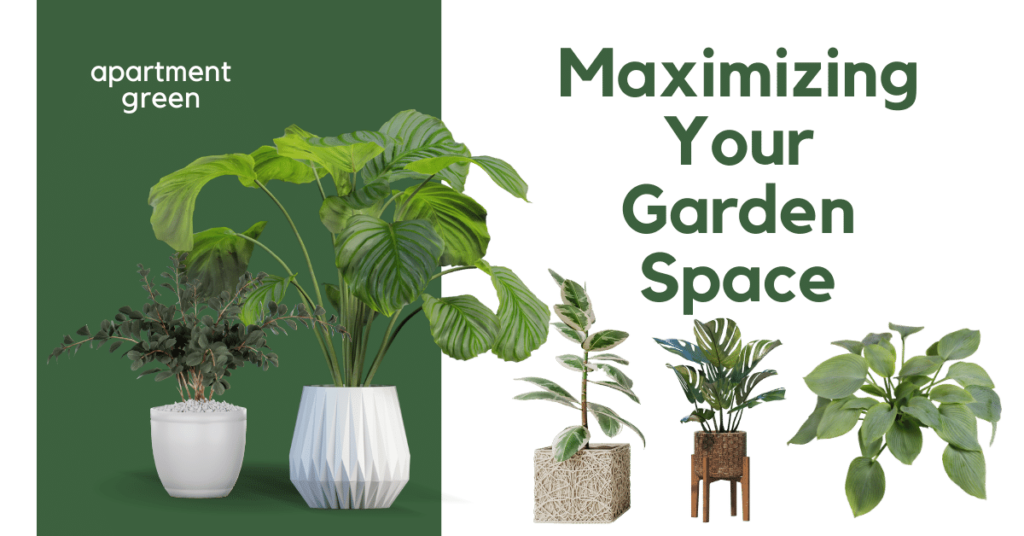Tips For Getting Your Brown Thumb Green in the Garden. Many people get out their shovels and plows and decide to plant a garden as soon as the winter chill disappears and spring begins to arrive. Why not grow an organic garden this year if you wish to plant one? Here are some excellent pointers to ensure that your garden flourishes.
Pre-Garden Preparation for Clean, Green Hands

Prior to heading out to your garden to plant or pull weeds, run your fingernails down a bar of soap. Dust won’t gather while you’re working thanks to the soap that gathered under your nails. Then, with considerably less work, give your hands a quick scrub with a nail brush to get rid of the soap and leave them clean.
Cultivating Essential Kitchen Herbs

Essential kitchen herbs should always have a designated spot in every garden that is planted. These are usually pricey and can be found in food stores either fresh or dried. You can grow mint, parsley, basil, and dill in virtually any environment. Not only are these herbs incredibly simple to produce, but they may also be utilized in the kitchen on a regular basis. Any extra can be dried and saved for later use.
Choosing the Right Weed Killer
Make sure you select your weed killer wisely and according to the instructions if you need to restrict the growth of weeds. Many weed killers contain chemicals that, if not administered correctly, can be toxic to humans. Young children are particularly at risk from them if they play in or near an area that has just undergone treatment.
Providing Support for Tall Plants
Use stakes to support tall plants if you have any. This will stop tall plants from looking unkempt when they are laden with flowers by preventing them from drooping over. Use a lattice to support climbing shrubs to keep wandering vines under control and to stop them from taking over another plant area.
The Benefits of Leaving Some Lawn Untrimmed
Consider leaving a few patches of your lawn untrimmed. For grasshoppers, baby amphibians, and beetles, long grass makes an excellent home. Furthermore, grass serves as a vital food source for certain caterpillars and butterflies. As most plants depend on wildlife for reproduction, gardens devoid of wildlife would be extremely sterile.
Storable Crops for Year-Round Delights
Consider cultivating crops that can be stored easily or on their own. Garlic, onions, sweet potatoes, squash, dry beans, or shallots will keep for ages in a cold, dry spot if treated carefully and allowed enough time to cure. Freezing or canning are not necessary. Having fresh veggies from the garden throughout the winter will be ensured by doing this.
Disease Prevention and Plant Health
Make sure your plants receive regular aeration and are kept dry. Any moisture left on your plants’ surfaces invites disease and pests. One of the most common issues facing plants is fungi. There are liquids and sprays that work great to kill the fungi, but make sure you apply them to the affected region before the fungi start to grow.
Maximizing Your Garden Space
Consider employing trellises or posts in your garden if you don’t have a lot of space for planting. You can increase the amount of veggies you grow per square foot by letting some climb a trellis or post instead of letting them sprawl out along the ground. This can be done with climbing beans, peas, and tomatoes.
Organic Solution for Powdery Mildew
Try using baking soda to stop powdery mildew from growing on your plants if you cultivate organically. Toss in a half teaspoon of mild liquid soap and one tablespoon of baking soda into a gallon of water. Use this mixture once a week to spray your plants that are prone to powdery mildew during humid or wet weather. It is not possible to keep and reuse the leftover mixture.
Designing a One-Color Garden

Give ‘one-color’ garden beds a try. Because of the color palette’s restrictions, this requires a lot of labor, but the result can be an extremely powerful image. More focus is on structure and shape, which is particularly useful in tiny gardens as it gives the impression of a larger space. Keep in mind that “one-color” does not refer to a single tint. Make use of every shade in the palette. For instance, flowers with mauve, purple, and blue tones can be seen in a blue garden.
Affordable Heat Solutions for Indoor Gardening
If you are growing an indoor garden, you need get a heat lamp to keep your plants warm during the winter. A steady temperature of about 65 degrees is required for plants. Maintaining that consistent temperature in a house or apartment can be costly. Giving plants the heat they require to grow can be done affordably using a heat lamp.
Selecting Suitable Plants for Indoor Growth
Pick the plants you wish to grow with great care. Certain plants are just not meant to be grown indoors. Broccoli and Brussels sprouts are one of the easiest vegetables to cultivate indoors. Zinnias and alyssums are excellent indoor flower plants. Other types of plants can also be used as test subjects, however keep in mind that results may vary.
Preparing Your Garden for Perennial Blooms
Getting your landscape ready for perennial blooms is easy. Basically, you just use a spade to cut a few inches into the ground, flip the top layer of dirt, and then cover it with a few inches of wood chips. After letting at least ten days go by, plant the newly acquired perennials.
Efficiency Through Garden Planning
Make a strategy if you’re considering launching an organic garden. You will save time if you make a plan for each plant’s placement. Possessing a strategy may enable you to get the most out of the little time you have available for gardening.
Monitoring Watering for Plant Health
Your plants may suffer from too much water since it may impede their roots’ capacity to take up nutrients from the soil. Before watering plants, check the weather forecast to determine whether there will be any rain in the near future. With the weather forecast looking good, you might be able to forgo watering.
Enjoying the Fruits of Your Gardening Labor
Having a garden is one of the finest things because, once you put in the initial work, you can relax and enjoy the fruits, or vegetables, of your labor as your garden grows. If you want to get the finest benefits out of your organic garden, make sure you’re utilizing these strategies appropriately.
